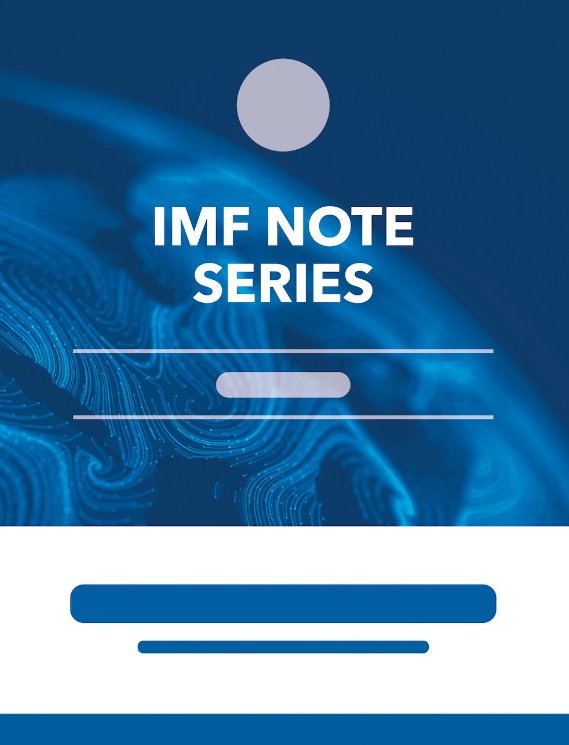Asymmetry in the U.S. Output-Inflation Nexus: Issues and Evidence
August 1, 1995
Disclaimer: This Working Paper should not be reported as representing the views of the IMF.The views expressed in this Working Paper are those of the author(s) and do not necessarily represent those of the IMF or IMF policy. Working Papers describe research in progress by the author(s) and are published to elicit comments and to further debate
Summary
This paper presents empirical evidence supporting the proposition that there is a significant asymmetry in the U.S. output-inflation process, which implies that excess demand conditions are much more inflationary than excess supply conditions are disinflationary. The important policy implication of this asymmetry is that it can be very costly if the economy overheats because this will necessitate a severe tightening in monetary conditions in order to reestablish inflation control. The small model of the U.S. outputinflation process developed in the paper shows that the seeds of large recessions, such as that in 1981-82, are planted by allowing the economy to overheat. This type of asymmetry implies that the measure of excess demand which is appropriate in estimating the Phillips curve cannot have a zero mean; instead, this mean must be negative if inflation is to be stationary. The paper also shows that a failure to account for this important implication of asymmetry can explain why some other researchers may have been misled into falsely accepting the linear model. The empirical results presented in the paper show that the conclusions regarding asymmetry are robust to a number of tests for sensitivity to changes in the method used to estimate potential output and in the specification of the Phillips curve.
Subject: Business cycles, Capacity utilization, Economic growth, Inflation, Output gap, Potential output, Prices, Production
Keywords: Business cycles, Capacity utilization, excess demand, Global, Inflation, inflation dynamics, inflation equation estimation period, inflation expectation, inflation process, monetary policy, Output gap, output-inflation nexus, Phillips curve, Potential output, WP
Pages:
52
Volume:
1995
DOI:
Issue:
076
Series:
Working Paper No. 1995/076
Stock No:
WPIEA0761995
ISBN:
9781451849813
ISSN:
1018-5941
Notes
Also published in Staff Papers, Vol. 43, No. 1, March 1996.





